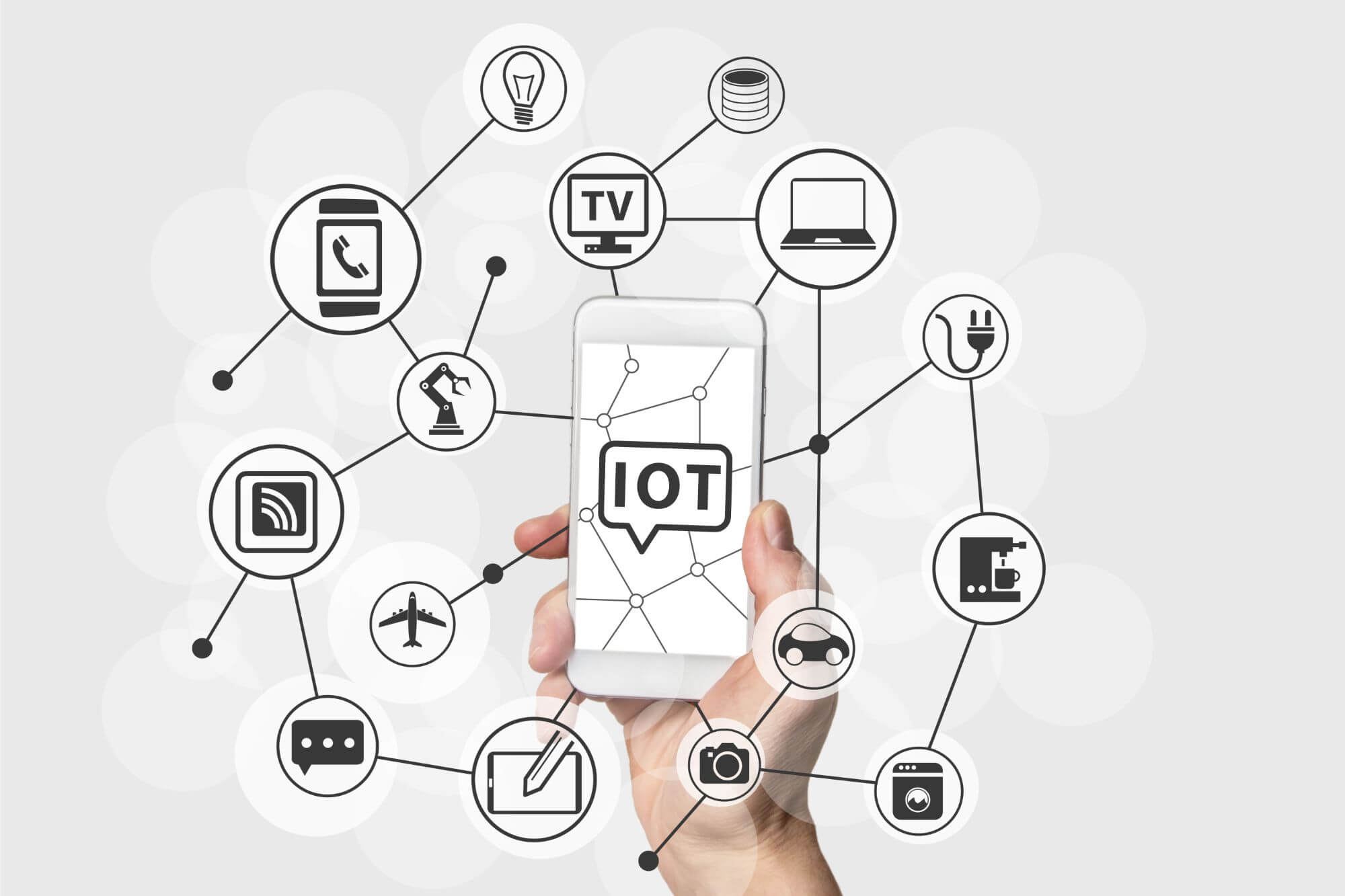Advertisement
The Internet of things (IoT) has become a hot topic of conversation with technical, social and economic implications. It is a concept that not only has the potential to influence how we live, but also how we work and play. Projections for the impact of IoT are notable, with some anticipating as many as 100 billion connected IoT devices, and a global economic consequence of more than US$11 trillion by 2025.
What is the IoT?
Simply put, this is the concept of connecting any device with an on/off switch (objects, sensors and everyday items not usually considered computers) to the Internet (and/or to each other), and allowing these devices to generate, exchange and consume data with minimal human intervention.
How the IoT can transform our lives
A growing portion of IoT devices, including connected vehicles, home automation, wearable technology, cell phones, headphones, connected health, and appliances with remote monitoring capabilities, are created for consumer use:
- Improved safety – smart homes/home automation: You’ve probably heard of smart fridges telling you when you’ve run out of milk, or that self-driving cars will soon be commonplace. IoT devices in homes can include lighting, heating, air conditioning, and media and security systems. Long-term benefits could include energy savings by automatically ensuring lights and electronics are turned off.
- Reduced costs and risk: IoT is also being used by insurers to help safeguard customers in terms of safety, security and leaks using security cameras, sensors and leak detectors that can be connected to the Internet. In partnership with the Sensor Networks, a Santam policyholder can now have an electric geyser retroactively fitted with a smart-geyser device linked to a smartphone app. In the event of a leak, burst geyser or blown element, the device recognises the problem and automatically shuts off the water and electricity supply to the geyser, limiting any resultant consequential damage. Home owners can also manage their geyser temperature and heating schedule, and Santam receives immediate notifications when an issue occurs, leading to the speedy processing and resolution of any resultant claims.
There is also a never-ending list of applications for businesses that can use these networked systems and collected data to improve products and processes:
- Added important safety benefits: A company called En-Gauge uses IoT to monitor and track safety equipment, including fire extinguishers and medical oxygen tanks, to ensure that they are placed in the right locations, and are charged and ready to be used during an emergency.
- Improved quality of life: Smart cities are already making news. Copenhagen is using sensors to monitor bike traffic in real time, London is launching a smart parking project that allows drivers to quickly locate parking spaces, and Barcelona is rolling out a whole host of smart meters that monitor energy consumption, waste disposal and much more.
- Improved efficiency: United Parcel Service (UPS) had already installed GPS devices in its delivery vehicles by 2008, which saves them a vast amount of money by identifying the shortest and most fuel-efficient routes.
Knowing the risk of hacking and cybercrime
The reality is that the IoT allows for endless opportunities and connections to take place, and it certainly opens the door to a lot of opportunities – but also to many challenges. Security is a big issue that often comes up. With the rise of the IoT, more and more items in our business and private lives have become digitised. This translates to more and more areas of our world becoming vulnerable to cybercriminals.
Advertisement
According to Simon Colman, executive head at SHA, which is underwritten by Santam, ‘all IoT device-connected businesses are susceptible to cybercrime, irrespective of their infrastructure and architecture. The failure of implementing security controls and creating awareness among end users are still the leading causes for cybercrime.’
So what now?
The best thing that we can do is to educate ourselves about the IoT and its potential impact on how we work, live and play. This will help us understand the many opportunities and challenges that are going to be presented as more and more devices start to join the IoT.



